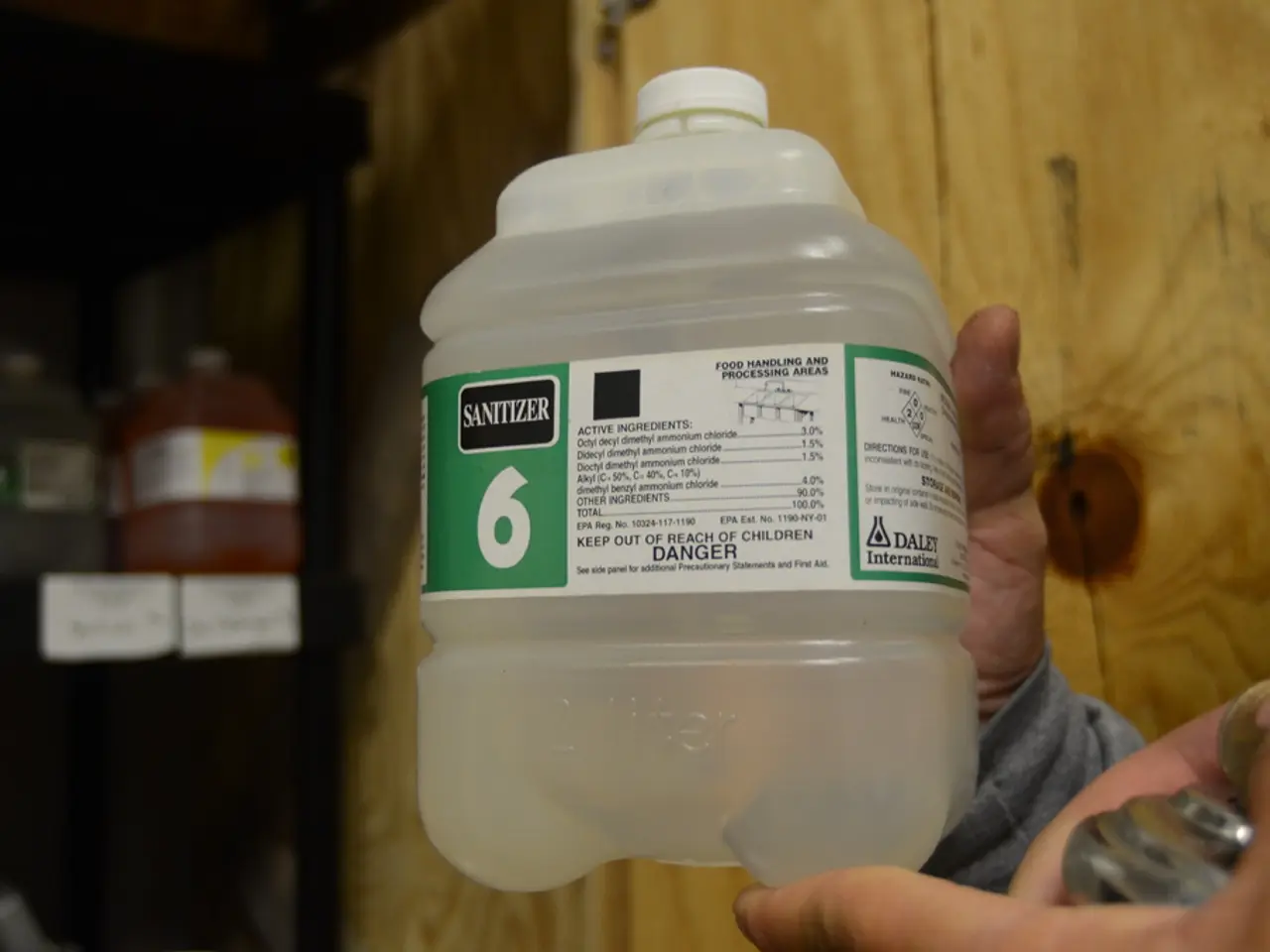Lamictal Skin Reaction: Symptoms, Remedies, and Potential Consequences
**Lamotrigine Rash: A Potential Risk Worth Awareness**
Lamotrigine, a common anti-epileptic medication known as Lamictal, is associated with a significant risk of developing a rash. This article aims to shed light on the frequency, symptoms, treatment, complications, and comparisons to other anti-epileptic drugs.
**Frequency**
The incidence of lamotrigine-induced rash varies but is substantial enough to warrant caution. Severe reactions such as Drug Rash with Eosinophilia and Systemic Symptoms (DRESS) syndrome occur in approximately 1 case per 1,000 to 1 case per 10,000 patients exposed to offending drugs, including lamotrigine.
**Symptoms**
The rash may initially present as redness, peeling, or hives. Other symptoms can include fever, swelling, and systemic involvement such as organ inflammation (liver, kidneys). In severe cases (e.g., DRESS), the rash is accompanied by hematologic abnormalities (e.g., eosinophilia), and systemic illness such as hepatitis, lymphadenopathy, and potential multi-organ failure.
**Treatment**
Upon the first sign of a rash or other hypersensitivity symptoms, immediate discontinuation of lamotrigine is critical. Supportive care is provided according to severity, with intravenous glucocorticoids (steroids) commonly used in severe reactions like DRESS syndrome, although precise dosing protocols are not standardized. Other immunosuppressants and immunotherapies may be used for refractory or serious cases. Milder cases may be treated with topical steroids and close monitoring.
**Complications and Potential Severe Reactions**
The most serious complication is DRESS syndrome, a potentially life-threatening hypersensitivity reaction involving rash and internal organ involvement. Stevens-Johnson Syndrome (SJS) and Toxic Epidermal Necrolysis (TEN) are other severe cutaneous adverse reactions possible with lamotrigine, with complications including long-term organ damage or, rarely, fatality. Disease relapses can occur after steroid tapering or treatment completion.
**Comparison to Other Anti-Epileptic Medications**
Lamotrigine is particularly associated with a higher risk of rash compared to some other anti-epileptic drugs. Other anticonvulsants like carbamazepine and phenytoin also carry risks of severe hypersensitivity reactions including DRESS and SJS/TEN. The risk of rash with lamotrigine is dose-dependent and increased with rapid dose escalation or concurrent use of valproate. While SSRIs and other drug classes can cause mild rashes, the severe hypersensitivity syndromes like DRESS are more characteristic of aromatic anticonvulsants such as lamotrigine.
**Summary Table**
| Aspect | Lamotrigine (Lamictal) | Other Anti-Epileptics (e.g., Carbamazepine, Phenytoin) | |-------------------------|---------------------------------------------------------------|-------------------------------------------------------------| | Rash Frequency | Not uncommon; serious rash 1/1,000 to 1/10,000 | Similar risk for severe rash/hypersensitivity | | Common Symptoms | Skin rash, itching, fever, systemic symptoms in severe cases | Similar skin rash, hypersensitivity reactions | | Severe Reactions | DRESS syndrome, SJS/TEN | DRESS syndrome, SJS/TEN | | Treatment | Stop drug immediately, steroids, immunosuppressants | Similar management | | Risk Factors | Rapid dose escalation, co-medication with valproate | Genetic predisposition (e.g., HLA alleles) |
In conclusion, lamotrigine rash is a significant adverse effect that can range from mild to potentially life-threatening hypersensitivity syndromes like DRESS. Early recognition, discontinuation of the drug, and appropriate treatment are paramount. Compared to other anti-epileptics, lamotrigine carries a comparable risk of severe rash, necessitating careful dosing and monitoring.
- The incidence of a severe rash with lamotrigine use, such as DRESS syndrome, ranges from 1 case per 1,000 to 1 case per 10,000 patients.
- The initial symptoms of a lamotrigine-induced rash may include redness, peeling, or hives, accompanied by fever, swelling, and potential internal organ inflammation.
- Upon detecting a rash or any hypersensitivity symptoms, immediate discontinuation of lamotrigine is essential, followed by supportive care based on the severity of the reaction.
- Severe cases might require immunosuppressants and immunotherapies, while milder cases can be treated with topical steroids and close monitoring.
- Lamotrigine is associated with a higher risk of rash compared to some other anti-epileptic drugs, but risks of severe hypersensitivity reactions, like DRESS and SJS/TEN, are also present with medications like carbamazepine and phenytoin.
- Risk factors for lamotrigine rash include rapid dose escalation and concurrent use of valproate, while genetic predisposition, such as HLA alleles, might be a factor for other anti-epileptics.
- Prevention and awareness of potential skin-care issues are vital in health-and-wellness, and understanding the symptoms, treatments, and risks associated with lamotrigine can contribute to better mental-health outcomes for patients managing epilepsy.
- In the realm of science and therapies-and-treatments, further research is needed to develop effective prevention strategies and improve treatments for lamotrigine-induced rashes and other severe hypersensitivity reactions, as well as to explore the connection between skin health and mental health, especially in the context of HIV and other infectious diseases like anthrax and hepatitis.




